We have a real treasure to share in this week’s Peeps into the Past, thanks to Angela Moss whose sister sent her a wonderful 1946 Daily Mirror article about Wey Hill village - all the way from Australia!
How the article found its way to Australia is another story. But it was originally authored by Mirror journalist, and Wey Hill resident, Harold A. Albert, and published on Monday, September 2, 1946, just a year after the end of the Second World War. Albert writes:
“These past few months I've travelled four countries, chasing up headlines. Now, coming home, I find the best news of all in my own village - the news that new blood and young hopes are making the grade.
“There's only a little string of cottagey shops, all red-brick and peddle-dash, leading uphill. Wey Hill - which is near Haslemere, in Surrey - doesn't even rate its name on a bus ticket.
“But meet some of Wey Hill's people.
“Take Alf Glover. That's Glover's, the little shop with everything from paint brushes to radios crammed in the window.
“Glover set the town talking as a youngster of twenty-two when he quit his job as a banking clerk at the station and paid £250 for a shop you couldn't swing a cat in. His first week's takings were 26S 5d.
“Now, at thirty-eight, he reckons his annual takeover IN THE SAME SHOP at £13,000.
“His father, a railway porter, saved the first £250 by day-to-day thrift. Young Glover repaid and many times multiplied it by day-to-day initiative and constant organisation.
“He has shrewdly invested profits in bricks-and-mortar, and now owns thirty houses, a £7,000 block of flats, and a builders business complete with redevelopment land.
“Back of the shop he employs three assistants in cycle repairs and an accumulator round. Four others work for him in his fish-bar.
“An exception? If you think so, step across the road into Crowe's, the newsagent and confectioner. Rowland Crowe began with a borrowed £100 and today owns five other shops in London, employing twenty people.
“Or come and chat to Bertham Varne, former stoker and cobbler, who now owns the big corner shoe-store and a string of lock-up shops alongside.
“Exceptions? Well, here comes the village bus, so let's talk to Jim Stedman, the owner-driver. Jim came back wounded from the war before last and worked as a garage-hand while he steadfastly saved money. His first bus, a bone-rattling fourteen-seater, cracked its chassis in fourteen months. Raising extra cash on his house mortgage, Jim tried again - and has never looked back.
“Every shop and every building, in fact, tells a story. There's Fred Tompkins, who once ran the little picture house and now runs our independent £20,000 super-cinema.
“There's Fred North, the outfitter, who worked in other men's drapery shops for years until he struck out on his own. That was eleven years ago.
“Now, master of a double shop and a post office, he deems all the hard work worth the struggle.
“Young Susan English first came here two years ago to bring her baby out of the air raids - and opened a hairdresser's shop to help pay expenses.
“Today she runs three fully-booked salons in the neighbourhood with a staff of six.
“Albert Moss, our new milkman, saved his tips throughout twenty-two years as a worker at the Grand Hotel, Eastbourne, and bought our local dairy and cafe for his Dunkirk-to-Berlin soldier son.
“Father and son are doing fine. Sprucing the place up with paint, they've doubled shop sales, while cafe sales have increased tenfold.
“Yet, remember, there's nothing special about my village. There's only a string of little shops, all red-brick and pebbledash, leading uphill...”
Of course, the one character in this story we lack detail about is the author - and proud villager - Harold A Albert himself. Can any readers shed light on the life of the roving correspondent? Email [email protected]

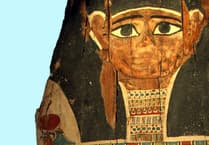
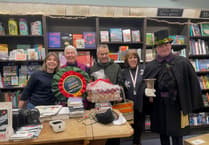
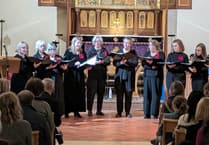

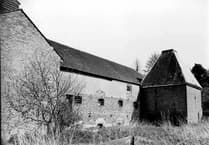

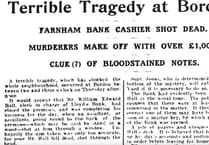

Comments
This article has no comments yet. Be the first to leave a comment.